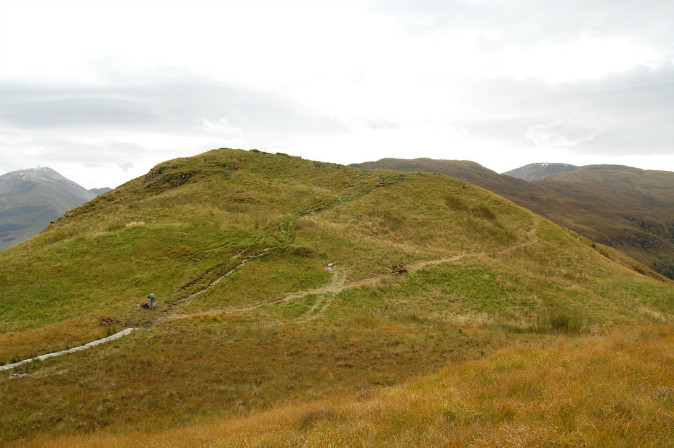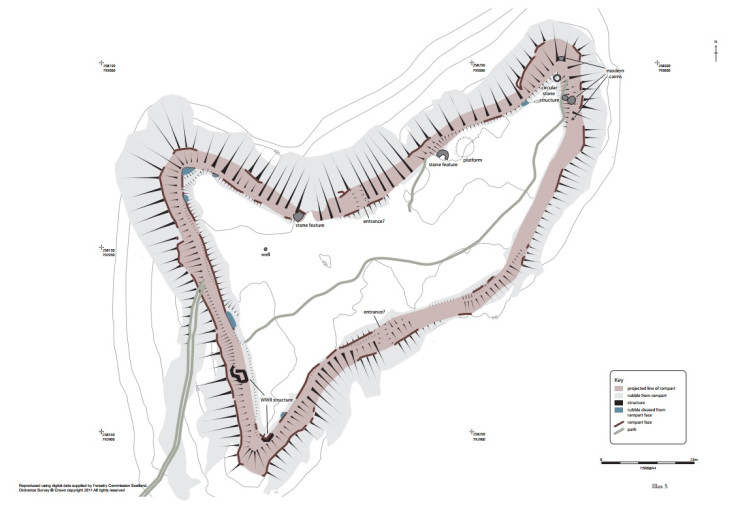First excavation of ancient Dun Deardail vitrified hillfort begins in Lochaber

The first-ever excavation of an enigmatic vitrified hill fort has begun in Lochaber, Scotland. The Dun Deardail site is thought to date to some time between the first millennium BC and first millennium AD – and who built it remains a complete mystery.
Archaeologists from the AOC Archaeology Group will be working with the Nevis Landscape Partnership and Forestry Commission Scotland. The two-week excavation will see researchers look at the construction of the defences and work out when the fort was built. They also hope to see if any traces of buildings remain in the interior. Further digs are scheduled for 2016 and 2017.

Dun Deardail was constructed on a prominent knoll on Sgorr Chalum – a hill overlooking Glen Nevis and River Nevis. Its wooden and stone defences were burned at extremely high temperatures, causing the stone to fuse together. Researchers once thought this had been done unintentionally – possibly in an attack or an accident – but experimental archaeology has found this only happens during sustained periods of burning, meaning the fires must have been fed and that it was an intentional process.
Mystery origins

Forestry Commission Scotland said the fort's name Dun Deardail may be linked with the ancient Irish myth of Deidre of the Sorrows. The tale tells of a chieftain's beautiful daughter who kings, lords and warriors fought for in a bid to win her hand in marriage.
In the story, Deidre was born to royal storyteller Fedlimid Mac Daill. Before her birth the chief druid had foretold of her incredible beauty and said she should be killed at birth. However, intrigued by the prophecy, King Conchobar MacNessa, the King of Ulster, decided to have her raised in seclusion and marry her himself. She grew into a beautiful woman and, as predicted, lords and warriors began to fight over her.
Before her wedding to the king, Deidre dreamt of a handsome man and told the chief druid about him. The man was Naoise, one of the sons of Uisneach, and she begged to meet him. The pair fell in love and fled from Ireland to Scotland, where they lived happily for five years until one night when a message reached them saying they were forgiven and could return home. Naoise believed the news and despite Deidre's pleas to stay, they set off to Ireland. As soon as they entered the King's fortress they were surrounded and Naoise was killed, with Deidre dying immediately after from a broken heart. Her death sparked many bloody battles, just as the prophecy had told.
© Copyright IBTimes 2025. All rights reserved.






















